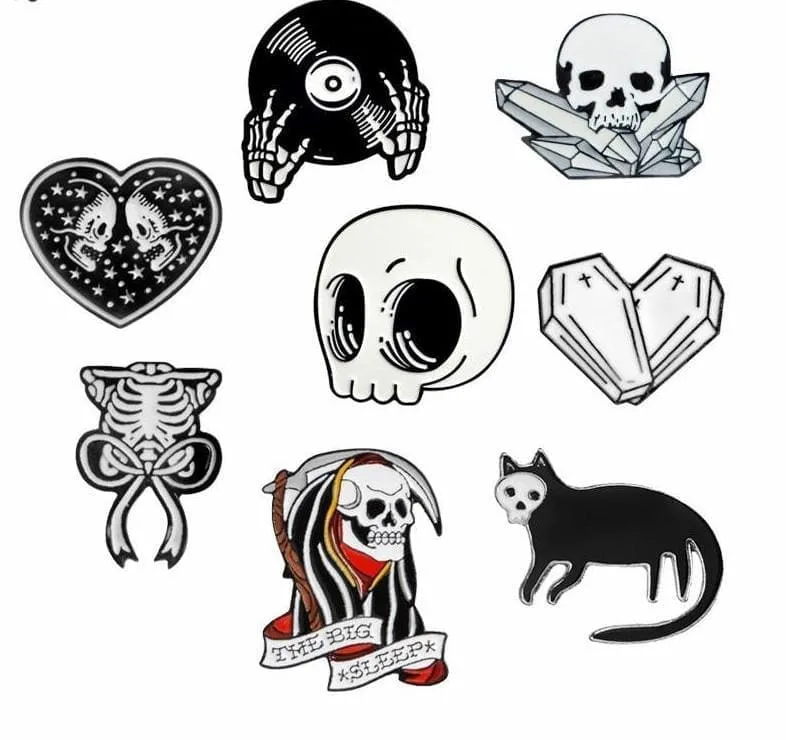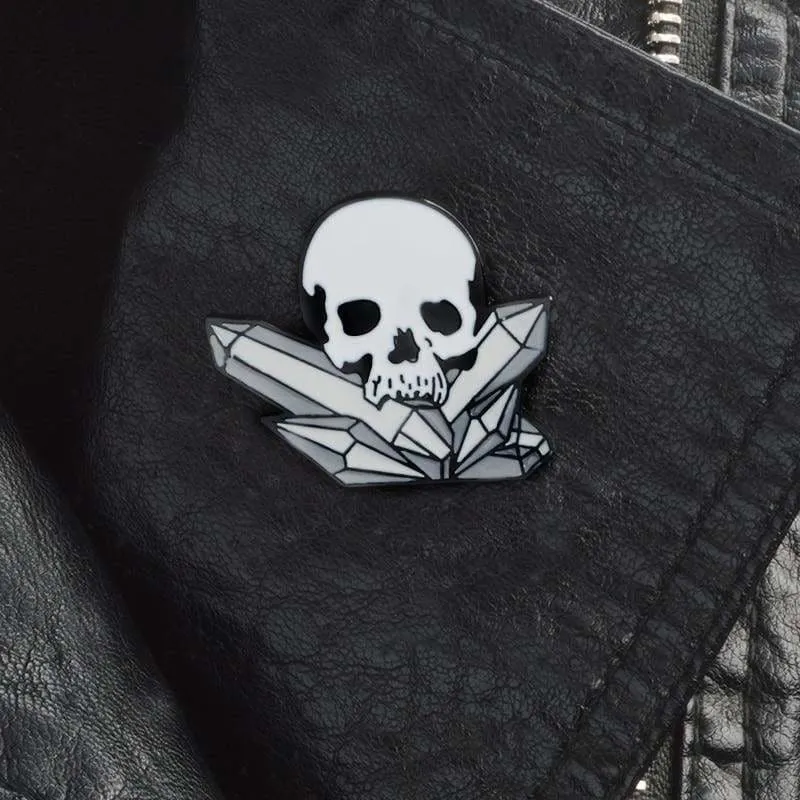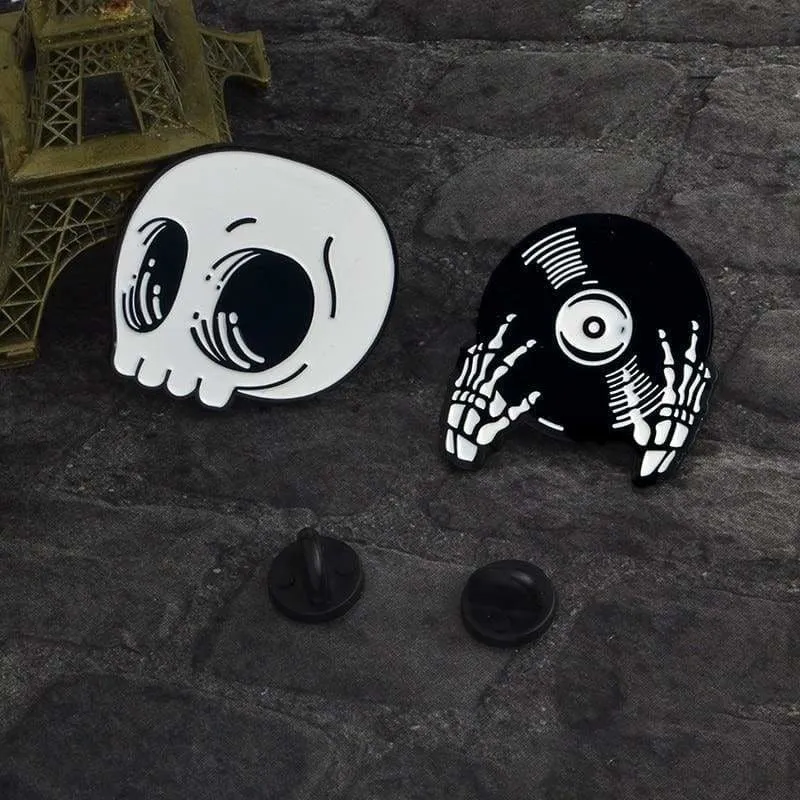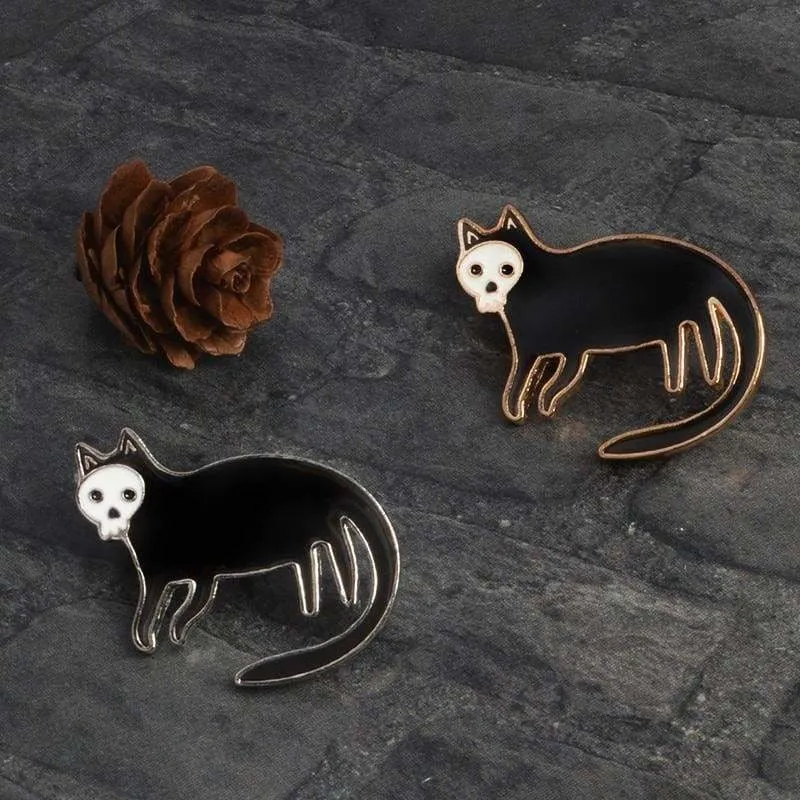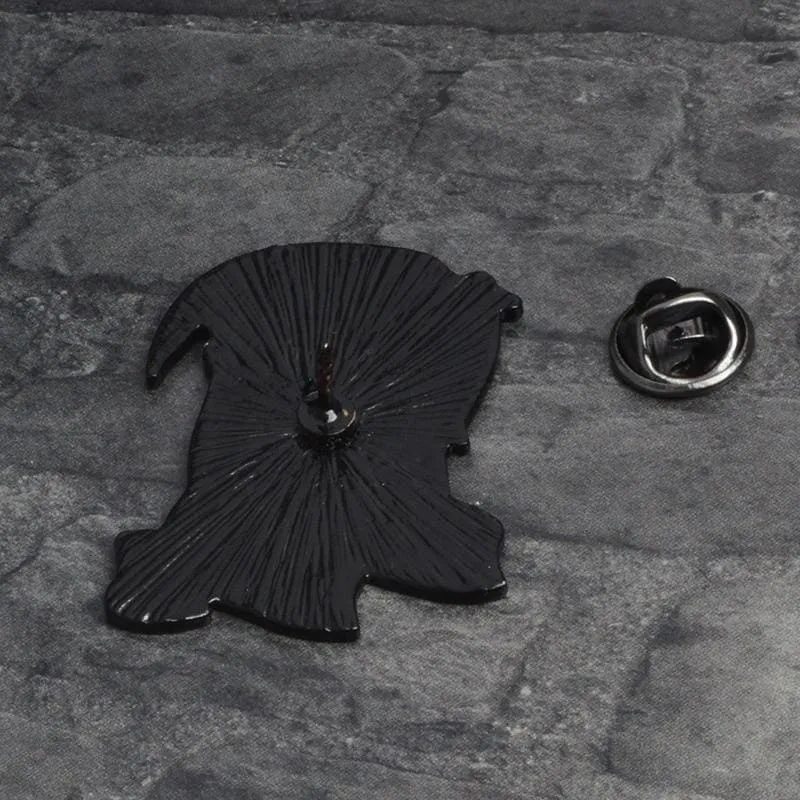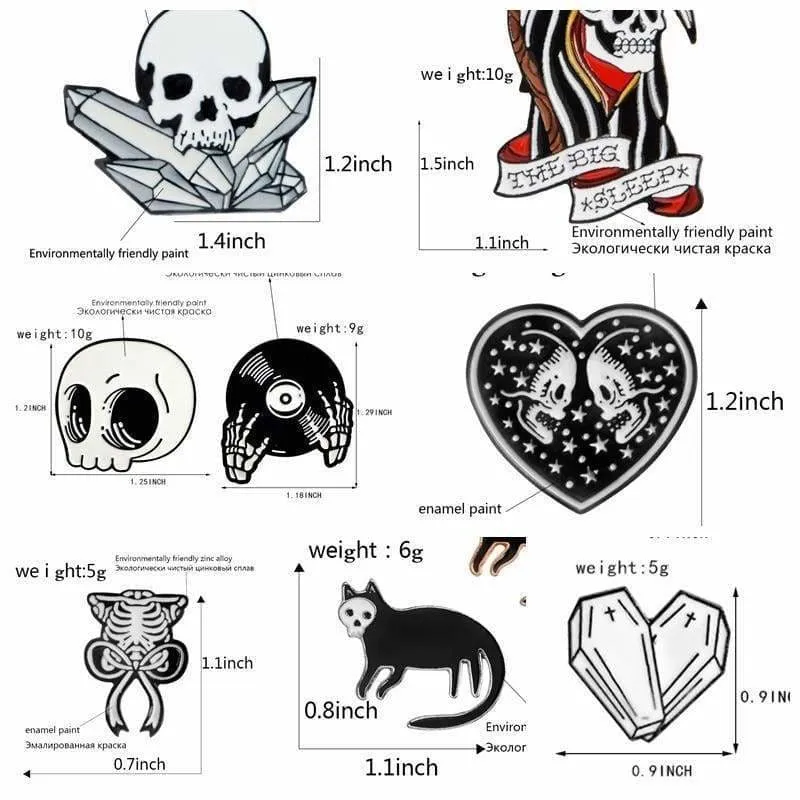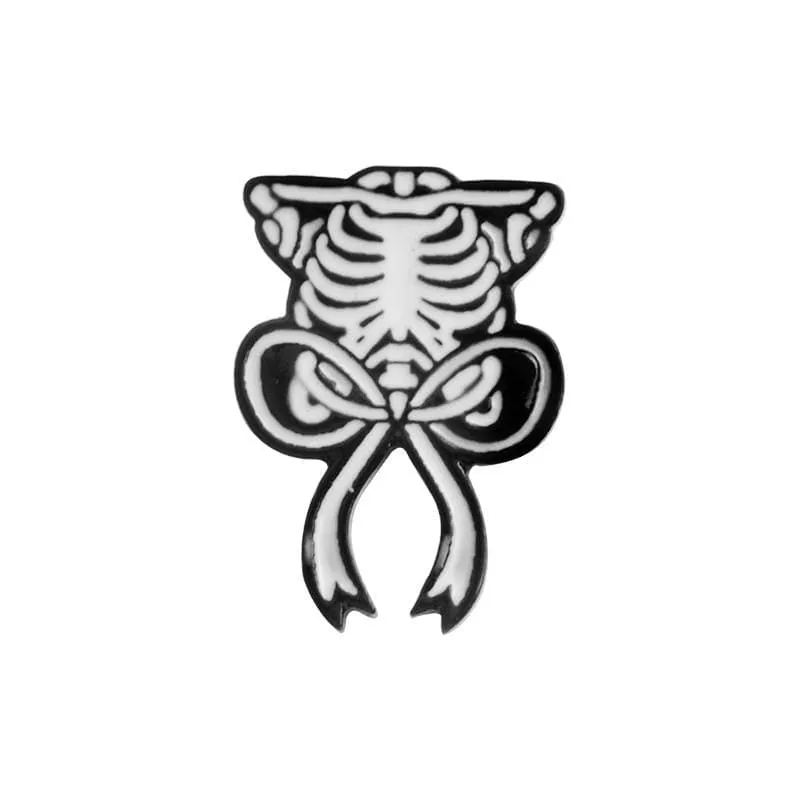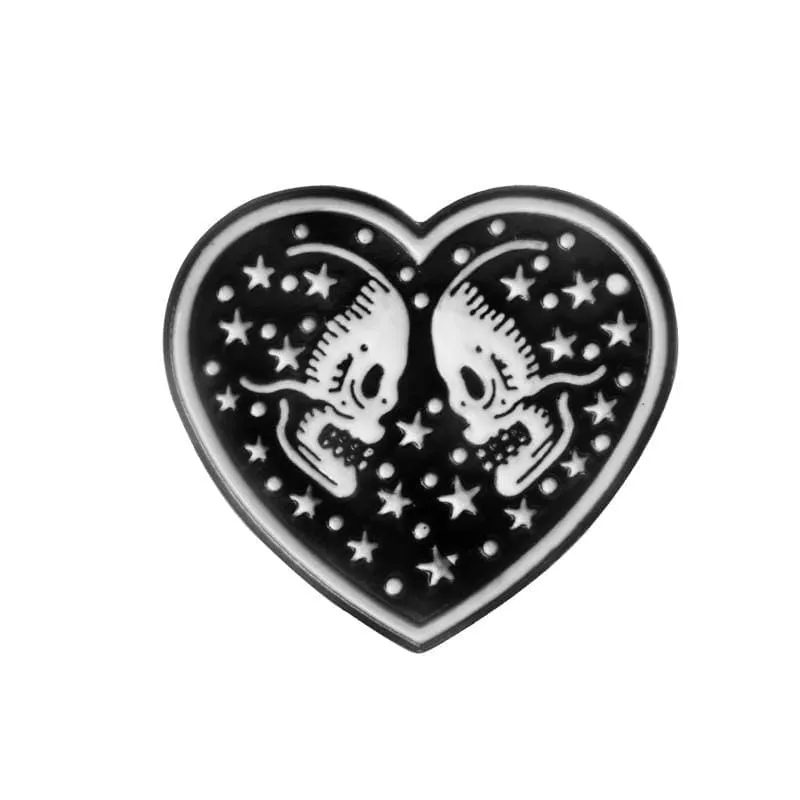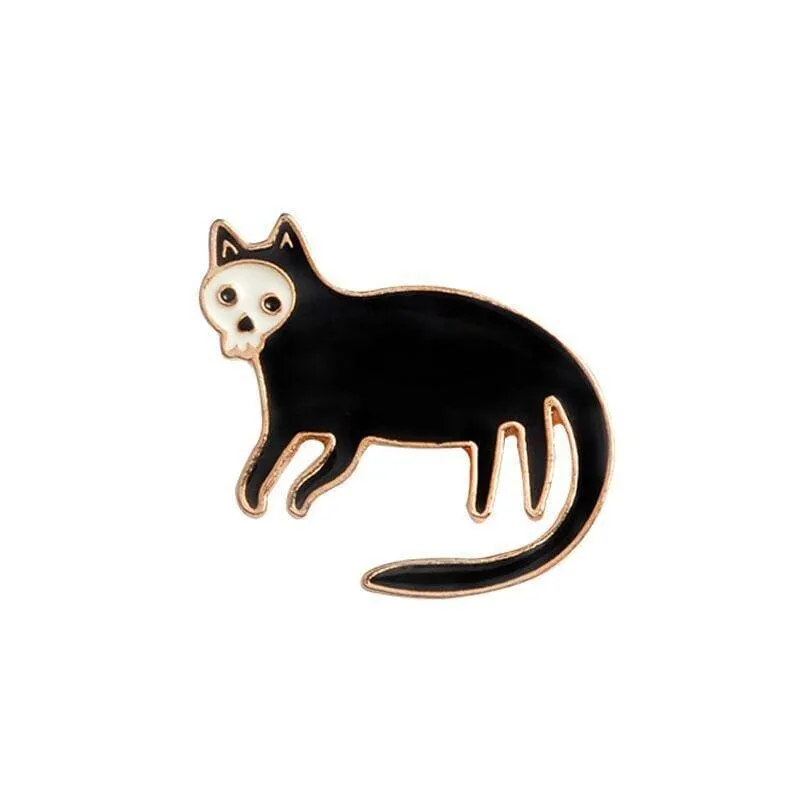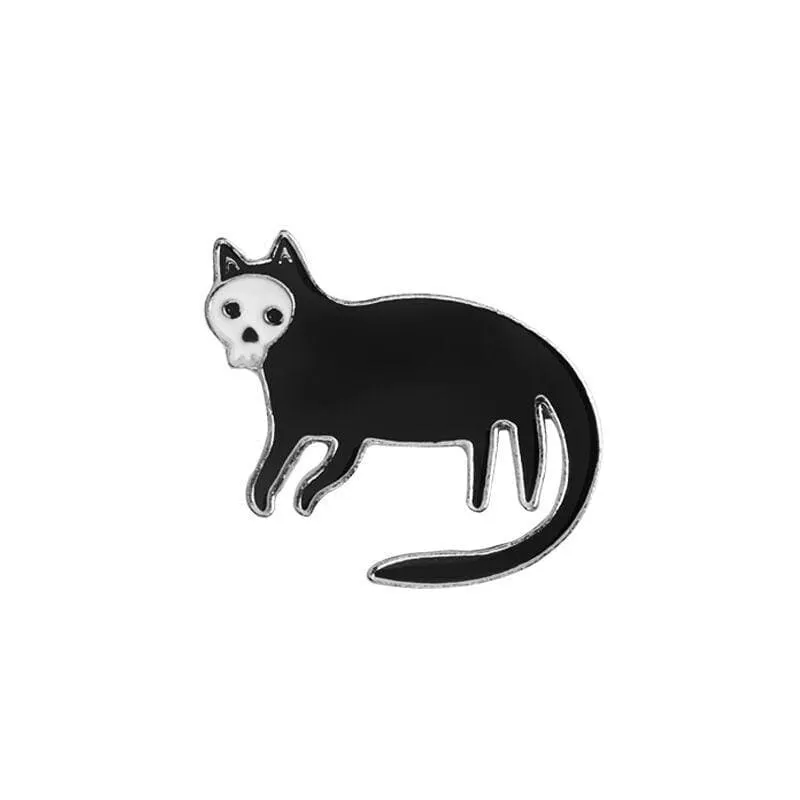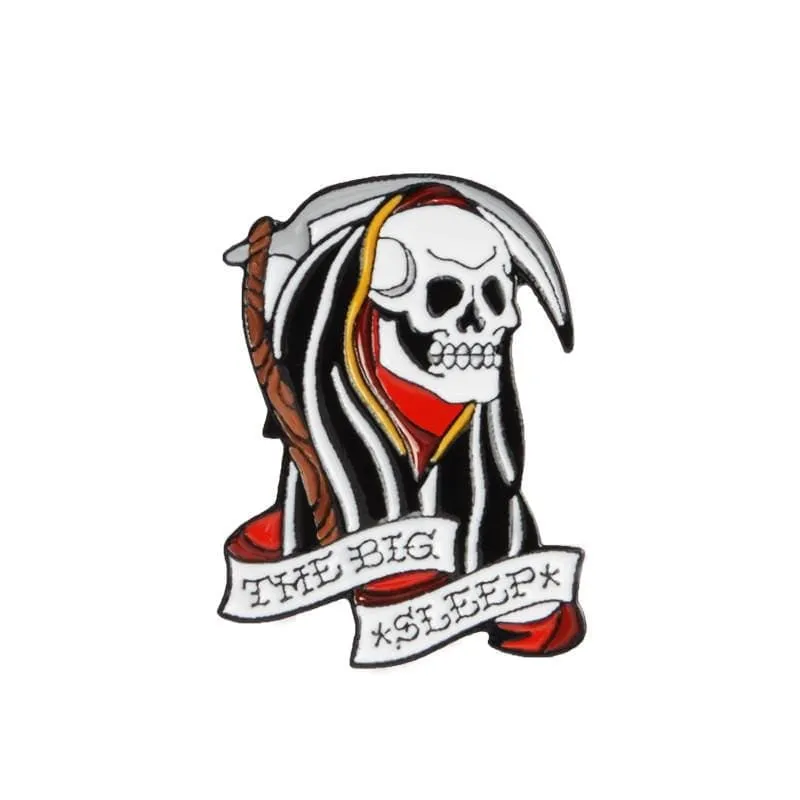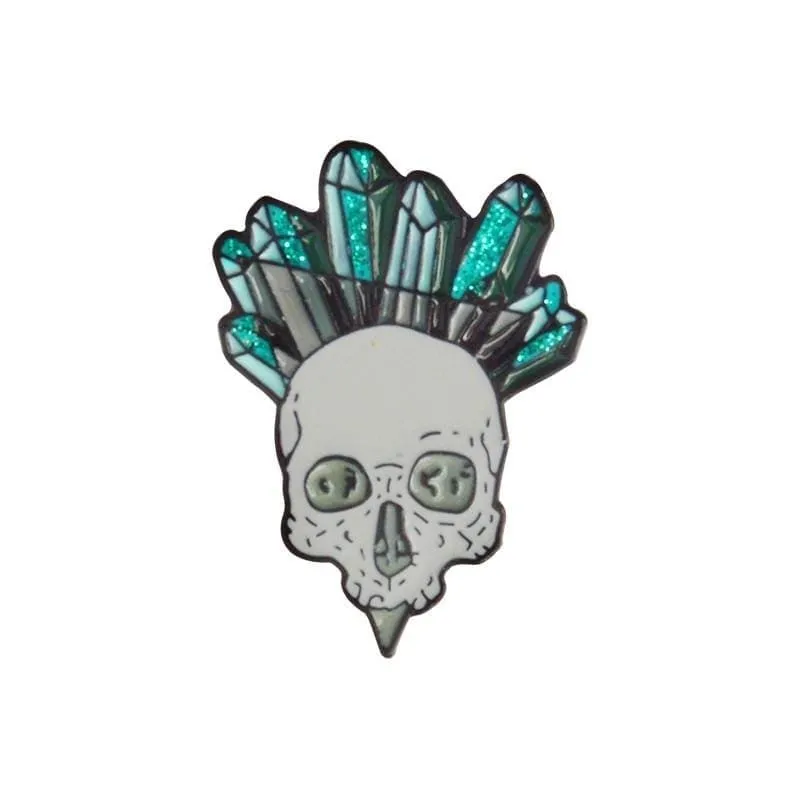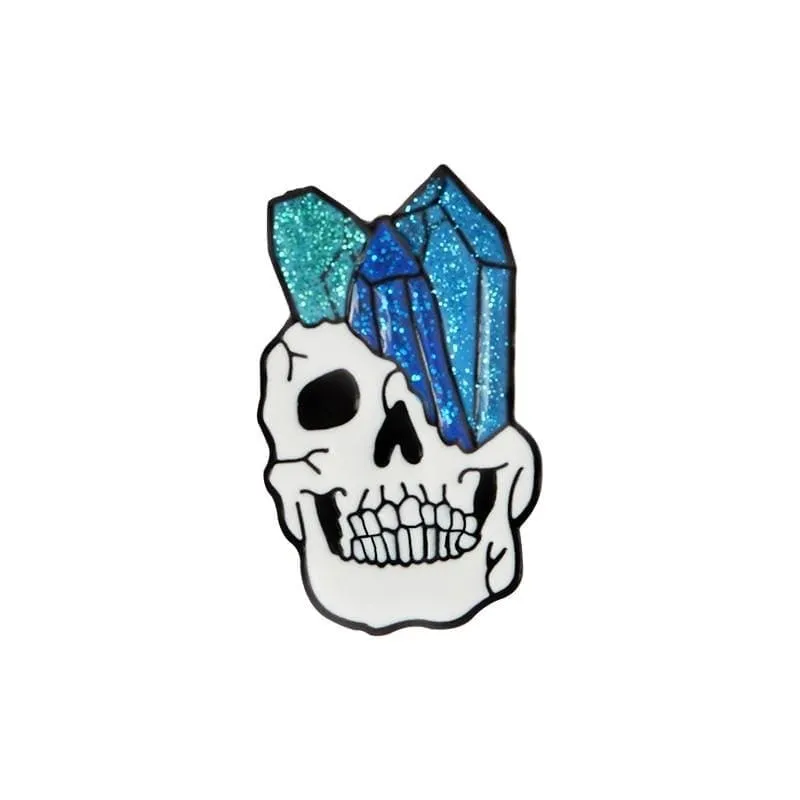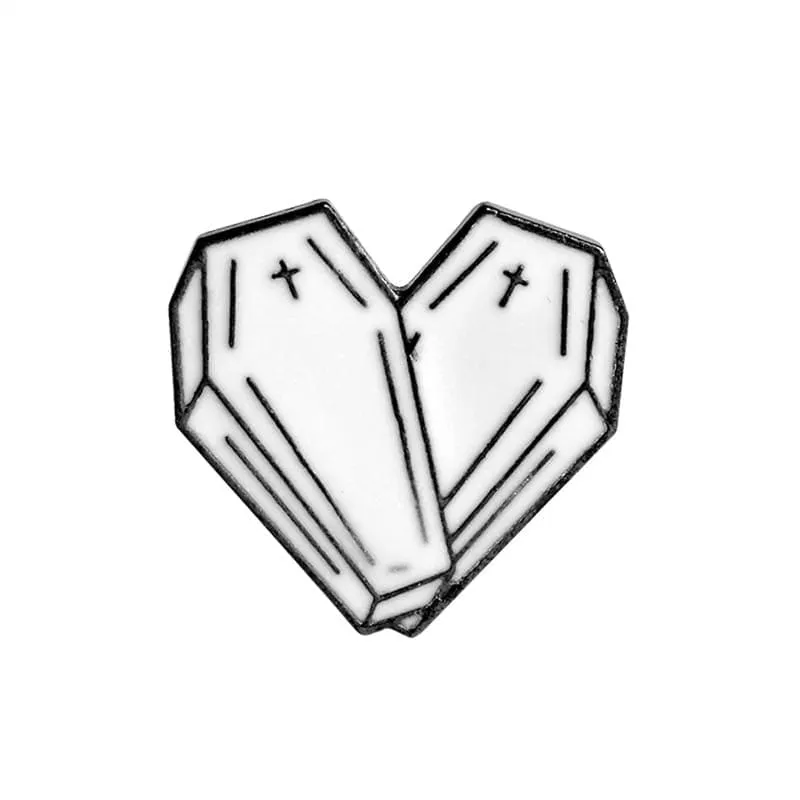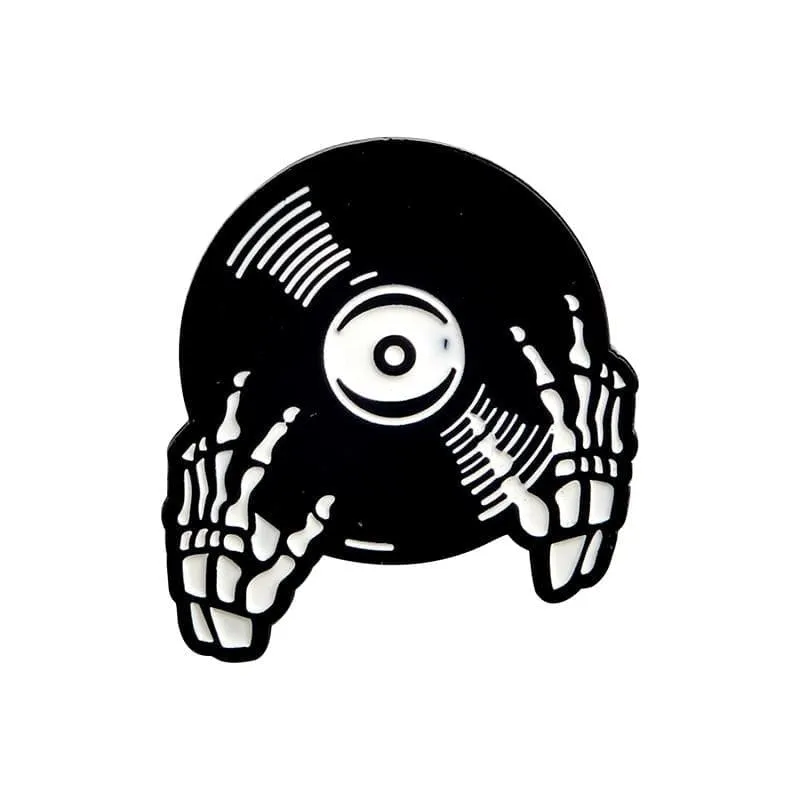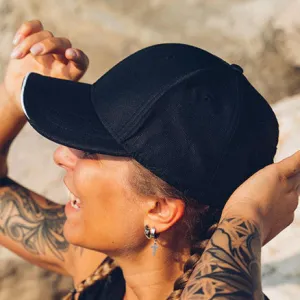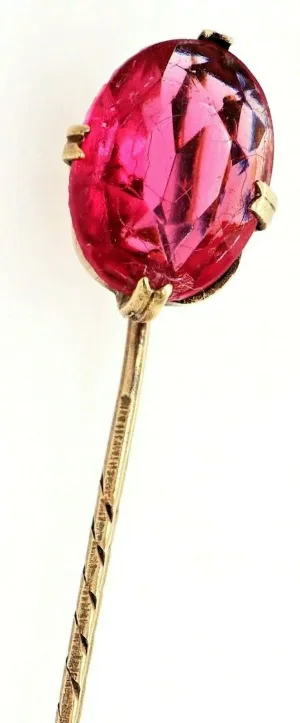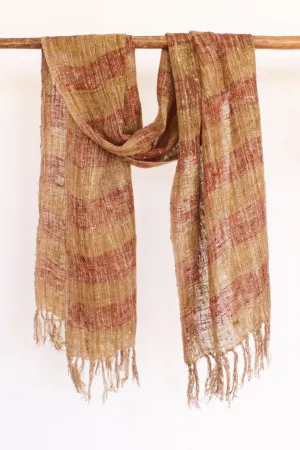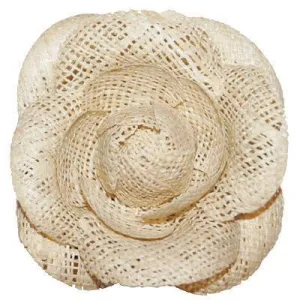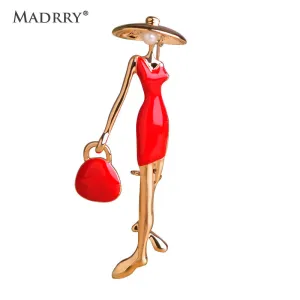🔥🔥 93% OF CUSTOMERS BUY 3 OR MORE 🔥🔥
Skeleton Pin Brooches!!!
These Skeleton brooches pin a lot, they can give your clothing more funny and fashion. It is charming jewellery accessories to decorate your clothing, bag or anything that you want. Buy it now!
Just click the "Add To Cart" Button Below! There's very limited stock, and they will go soon!
Note: Due to High Demand Promotional Items May Take Up To 2-4 weeks for delivery.
WE SUPPORT AN AMAZING CAUSE
We're thrilled to support Nanhi Pari Foundation is a Girl Child Right Organization which works for Education, Health & Nutrition for Girl Child.
Best Buy Deal'S 7-POINT HAPPINESS CHECKLIST
1. FREE Shipping Worldwide on special offers.
2. Fast, Sure & Safe delivery.
3. Safe Payments via PayPal® and 2Checkout®.
4. 30 Day Money Back Guarantee.
5. Real humans on our support help-desk!
6.Tracking number for every order.
7. We use encrypted SSL certificates for 100% security.
Skeleton & Bones Facts
Learn some fun bones and skeleton facts for kids. The human skeleton has 6 key functions and our skeleton can be split into 2 main parts.
How many bones are there in the human skeleton? What is the largest bone in the human body? What makes bone marrow so important? Read on and enjoy these interesting facts about our skeleton and bones.
At birth the human skeleton is made up of around 300 bones. By adulthood, some bones have fused together to end up with 206 bones.
Human bones grow continually from birth till our mid 20's. Our skeleton's bone mass is at its maximum density around the age of 30.
If broken our bones will re-grow and repair themselves. Often doctors will place a cast on splint to make sure these bones repair straight and true.
The axial skeleton part of the human skeleton has 80 bones. It includes the vertebral column, the rib cage and the skull and helps us maintain our upright posture, by spreading the weight in the head, and upper areas down to the lower areas near the hips.
The appendicular skeletal section of our skeleton has 126 bones. It includes the pectoral (shoulder) girdles, the pelvic girdle and the bones of the lower and upper limbs. Its function is for movement of the body and to protect some organs.
The human skeletal system has six major functions including the production of blood cells, for support, for movement, for protection, for storage of ions and endocrine regulation.
The longest bone in the human body is the thigh bone called the femur.
The smallest bone found in the human body is located in the middle ear. The staples (or stirrup) bone is only 2.8 millimetres (0.11 inches) long.
Like our skin, the human body's bones are also constantly worn down and re-made, to the point where every 7 years we essentially have a new bone.
The area of our body with the most bones is the hand, fingers and wrist where there are 54 bones.
Our teeth form part of the skeletal system, but are not counted as bones.
There a just a few differences between human male and female skeletons. The female skeleton is generally slightly smaller and the pelvis bones differ in shape, size and angle in order to assist with child birth.
The majority of human bones have a dense, strong outer layer, followed by a spongy part full of air for lightness, while the middle contains a soft, flexible, tissue substance called bone marrow.
Bone marrow makes up 4% of a human body mass. It produces red blood cells which carry oxygen all over the body. Marrow is also produces lymphocytes, key components of the lymphatic system, which support the body's immune system.
Calcium is very important for our bones and helps keep them strong and healthy.
The areas where our bones meet are called joints. The joints in our cranium have no movement while our hip joints allow for a wide range of movement.
Bones are held in place at joints by muscles and also tissues called ligaments. Another type of tissue called cartilage covers each bone joint surface area to prevent the bones rubbing.
The medical branch of learning about the human skeletal system is called Orthopedics.
There are a number of skeletal disorders, osteoporosis is a bone disease that increases the chance of fractures, scoliosis is a curvature of the spine, while arthritis is an inflammatory disease that damages joints.




